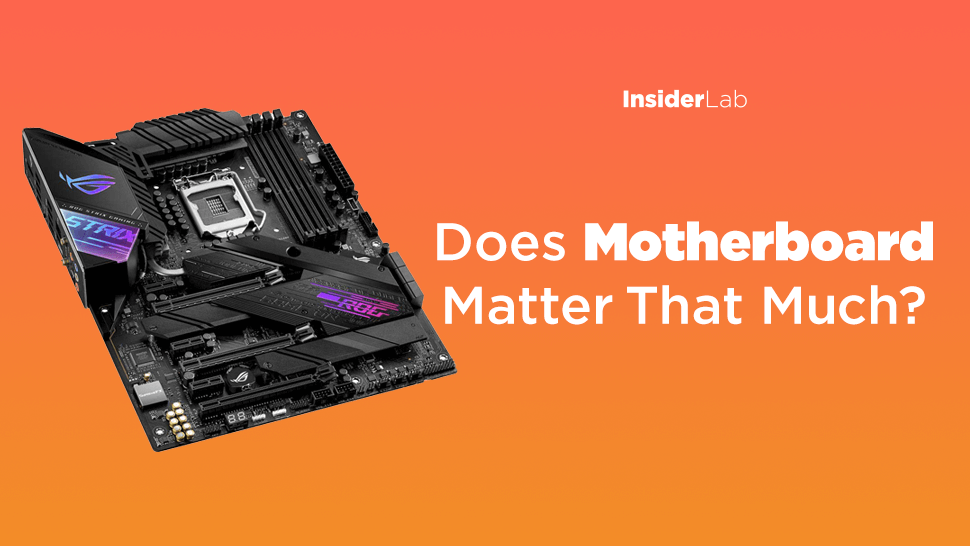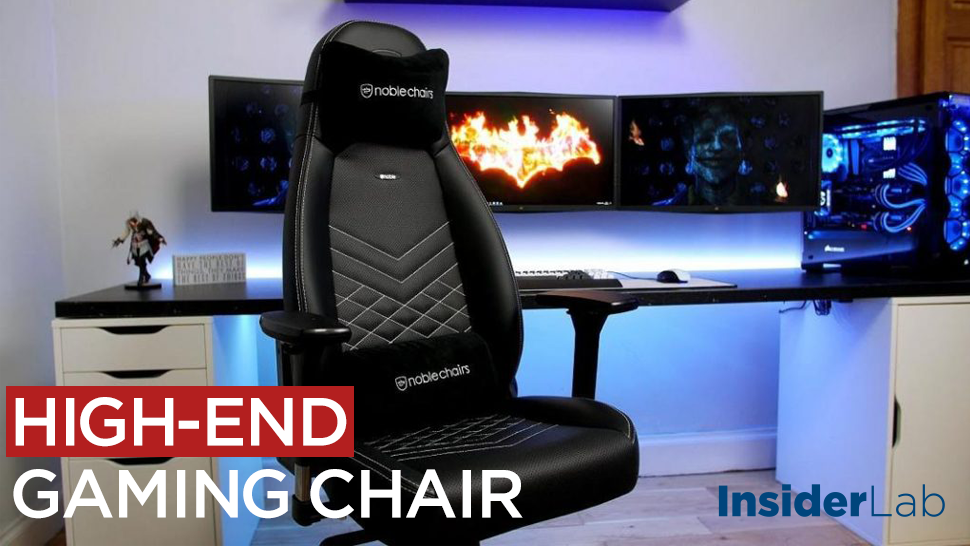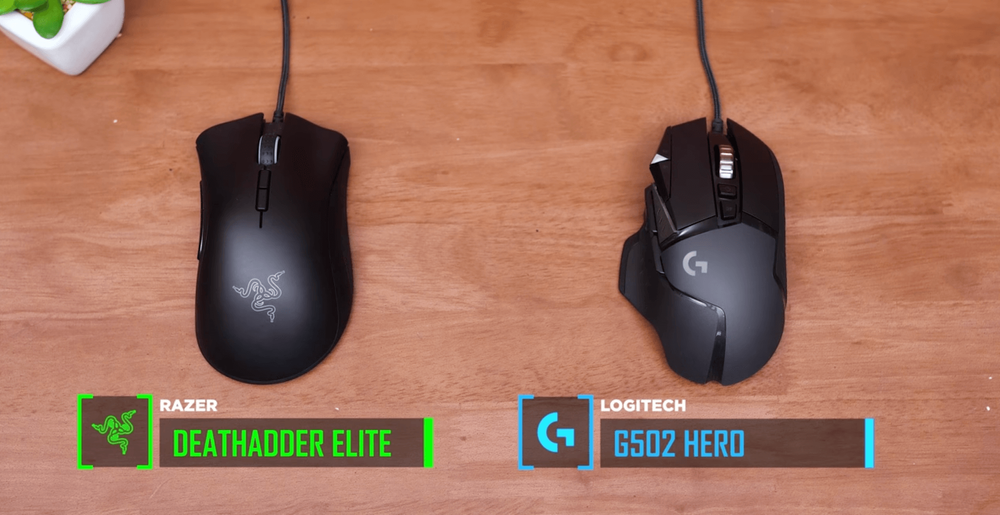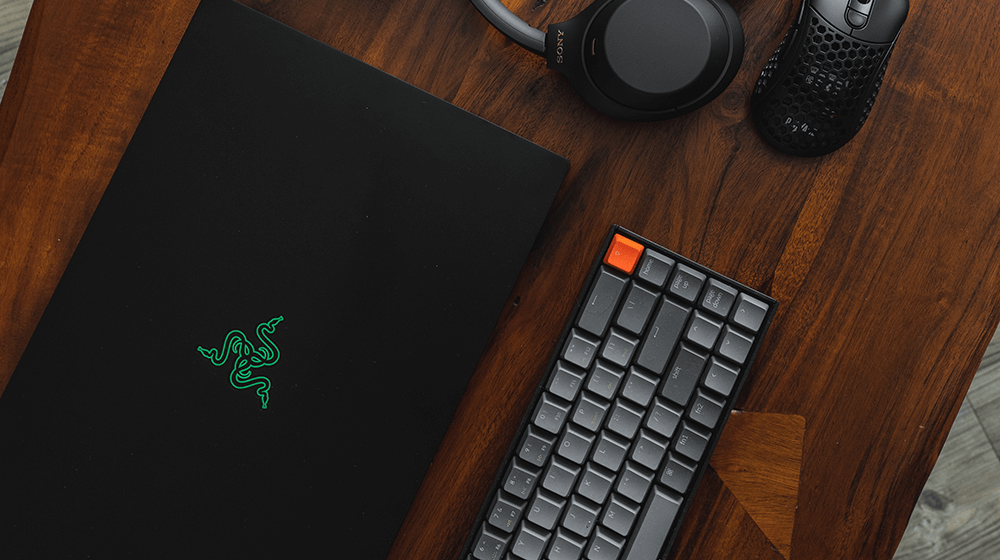What is Motherboard? For those of you who often use computers, you know what a mainboard is. However, to understand its specific role, perhaps few of you know.
In this article, I will share with you to understand the concept as well as the important role of the motherboard for the computer system.
What is Motherboard?
In computing, the mainboard is defined as the motherboard, which is an indispensable component in the information technology system. The motherboard is the brain of the computer.
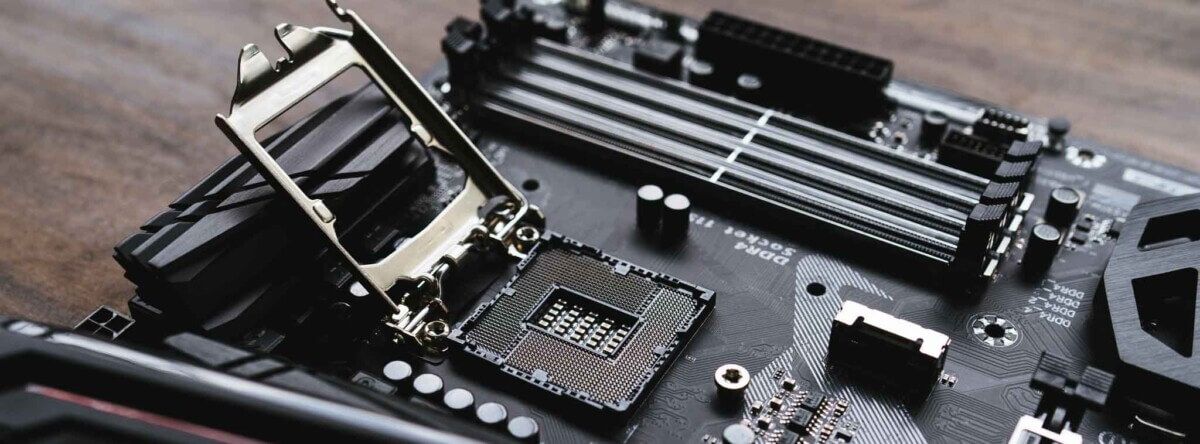
Does the motherboard matter?
The motherboard is a very important component, it is responsible for handling and controlling all activities of the computer system.
The motherboard helps distribute power to the components in the computer system to work efficiently.
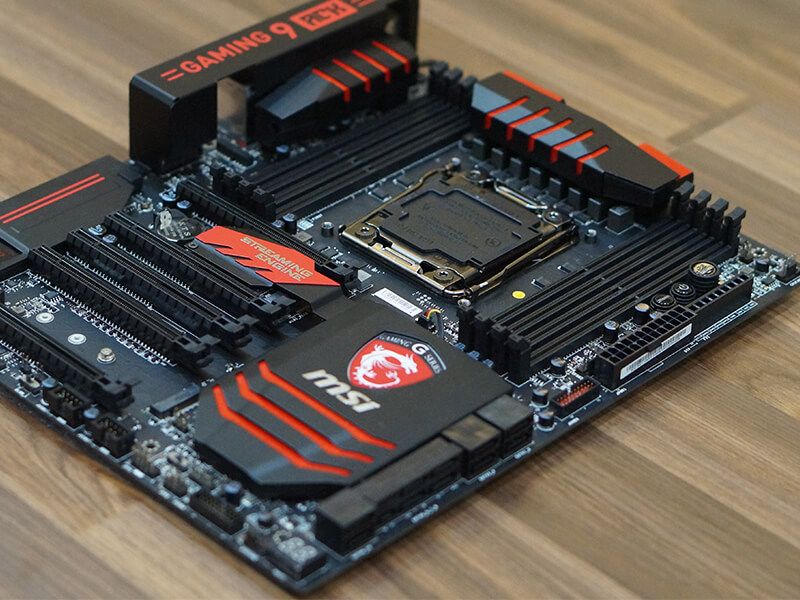
What is the structure of the mainboard?
Mainboard is a motherboard that has different components and they are integrated together through slots. Components like:
- Northbridge Chipset: Directly manage VGA (including onboard or discrete slot like AGP, PCIx)
and RAM. - Southbridge Chipset: Manage most of the remaining devices such as: ATA (hard drive interface), LAN chip, Audio chip, USB ports, PCI slots, SIO chip, BIOS chip…
- CPU pins: There are almost different CPU pins depending on the model such as: Slot, Socket 370, Socket 423, …
- RAM pins: Main can have 2-3 pins, depending on the model as well as SDRAM slot for Pentium2 or 3 or DDRAM for pentium 4.
- Expansion pins: These pins are used to connect audio and graphics processing cards to help the computer handle better such as: PCI, ISA or AGP.
- Communication port: Power port, HDD forbidden port, USB port, VGA ..
- Ports connect peripherals: such as computer mouse, monitor, keyboard, printer, etc.
- Other components: Computer battery, ROMBIOS, Cache.
6 Important Things To Consider when buying a motherboard for gaming?
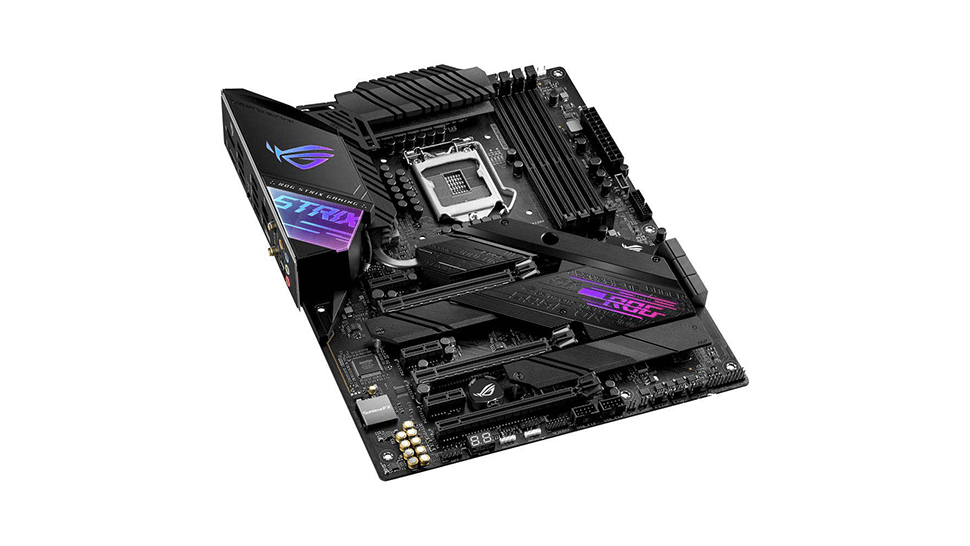
In all types of computer components, the mainboard (also known as the motherboard) is considered an extremely important and indispensable part. Indeed, the mainboard is considered the main platform and circuit board for assembling components and connecting them to make the PC work. Because of its important nature, users in general and gamers in particular should pay attention to many factors to be able to choose to buy a motherboard that is both economical and still achieves the purpose.
Size
The first factor to consider when choosing a motherboard is size. Indeed, depending on the needs, the user can choose the motherboard to match. For example, a small mainboard (Micro-ATX) will be very useful in assembling a PC for the purpose of saving space or for basic entertainment needs such as watching movies or presenting pictures in the living room. .
On the contrary, an ATX-sized mainboard will be suitable for the vast majority of ordinary customers. Not only that, the size of the motherboard also significantly affects the layout of ports. A mainboard with a large area will obviously be “equipped” with more slots and richer features.
Slot for Ram
Normally, each mainboard will have from 2 to 4 pins to plug in Ram. However, customers need to pay attention to choose the correct mainboard for the type of Ram that they use. For example, if the CPU used is most suitable for DDR2 Ram, you should also choose a mainboard with the corresponding slot and type of Ram instead of “fucking” high-tech stuff like DDR3. Besides, the mainboard with a large number of Ram slots is also a smart choice when you can comfortably upgrade later to serve your growing needs.
CPU socket (CPU socket)
One of the most important decisions when buying a motherboard is determining what type of CPU the motherboard supports. It is worth mentioning that both the world’s two largest processor manufacturers, Intel and AMD, have different product types and are manufactured with different numbers of pins. Therefore, if you want to buy a mainboard, pay attention to the type of chip that the motherboard supports as well as the appropriate number of pins.
PCI ports
Most ATX motherboards provide at least four PCI expansion slots. These slots can be used to plug in additional cards such as audio, network. In particular, some mainboards are also integrated with a higher-speed PCI slot (PCI Express – PCIe) so that users can use discrete video cards.
Therefore, when choosing a motherboard, you should carefully find out how many PCI slots that motherboard will support, and whether there are PCIe slots or not. If the demand for graphics processing is high (video editing, image rendering or gaming), the PCIe slot is always an extremely important criterion to help you add VGA whenever possible.
Chips
Another point worth paying attention to when choosing a mainboard is the chipset. No matter how attractive or unique each manufacturer equips their products, there is an element of almost similarity between mainboard types. It’s the chipset. Each type of chipset will support different CPUs and extras. For example, the bandwidth of RAM, HD audio or integrated graphics processor.
Additional factors
Besides the above important features, when choosing a motherboard, users should also pay attention to some “value-added” features such as HDMI output port, integrated audio chipset ( There are mainboards that integrate some pretty good sound chips and output 5.1 sound, but there are mainboards that only output stereo format).
Hopefully, the above article has helped you somewhat understand the most basic factors in choosing a motherboard. In the next sections, we will dive into feature analysis, specifications and give specific advice for each motherboard.
